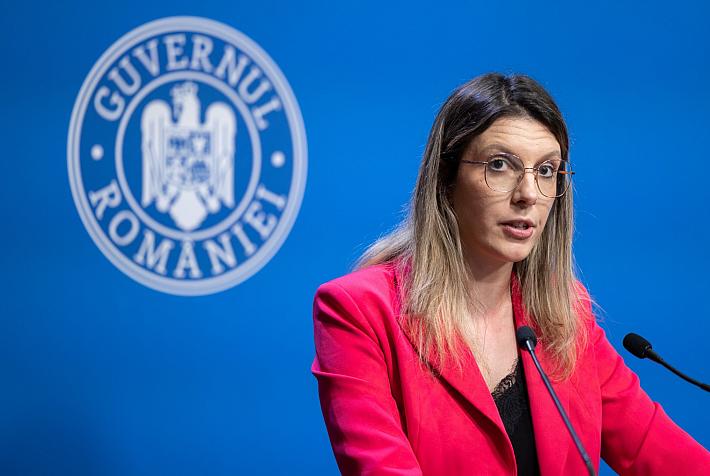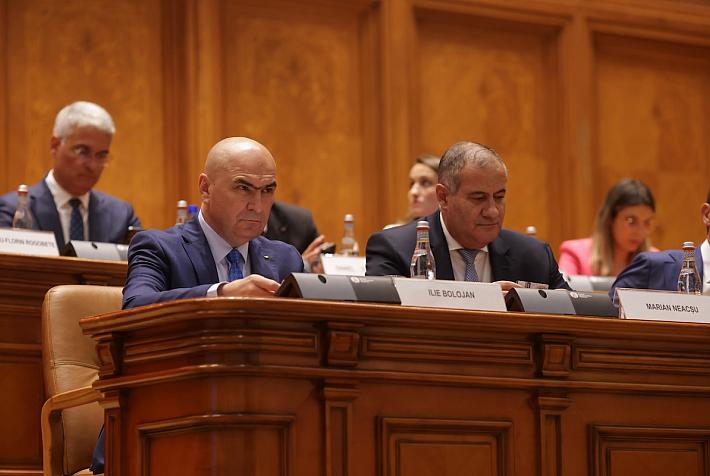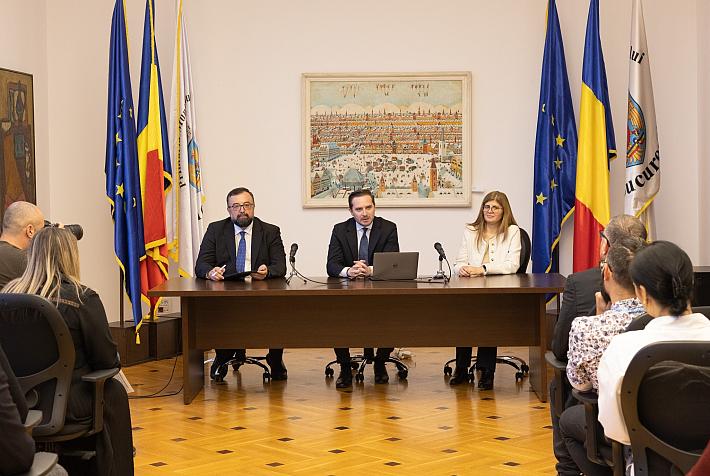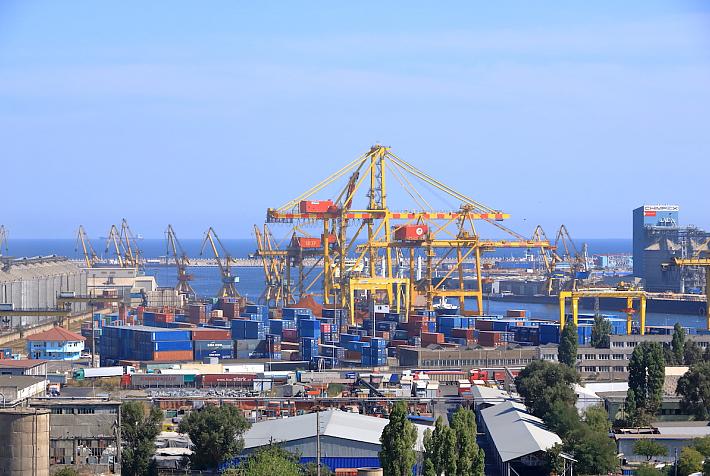This is native content supported by Grecu & Partners.
Medical leave for COVID-19. What should employers in Romania pay attention to in 2022?
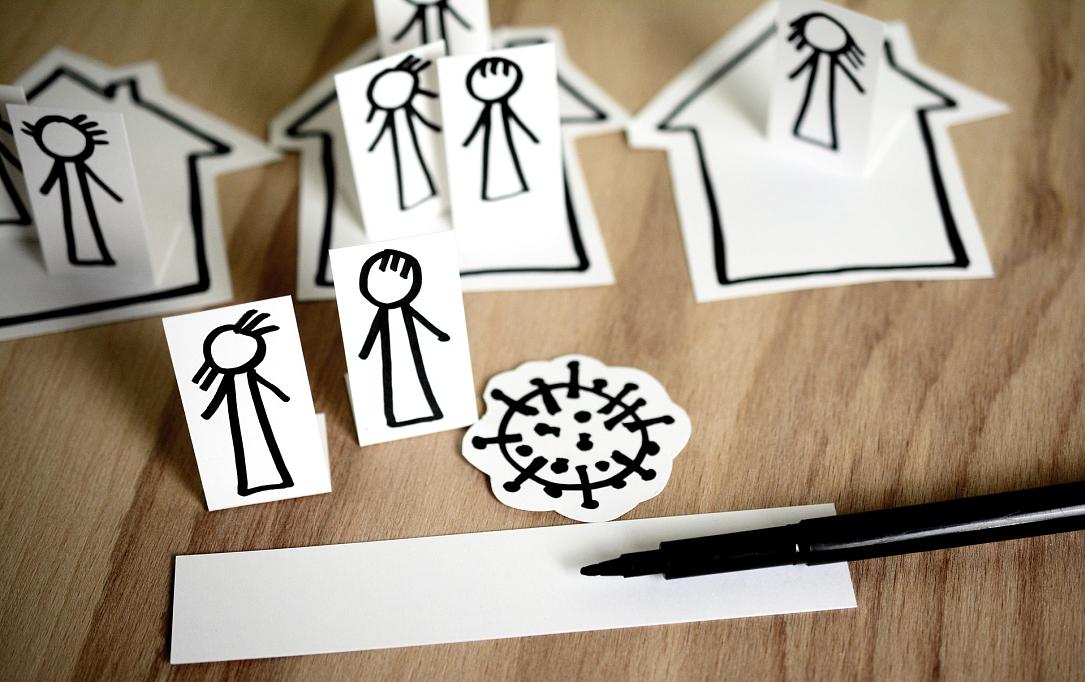
The year 2022 came with a series of changes in the legal provisions related to quarantine, isolation, and even more. The fifth wave of COVID-19 illnesses will increase the number of patients, so employers need to pay as much attention as possible to COVID-19 medical leave to ensure that they are protected from fines given by the authorities.
Medical leave granted for COVID-19 is quarantine and isolation and is granted on the basis of a decision of the Directorate of Public Health.
Regarding isolation: in order to be granted the isolation decision, the employee must be tested positive for a COVID-19 virus test, and on the basis of this, he/she will be able to obtain the certificate of medical leave from his/her chosen family doctor. It is important to note that the isolation period was reduced from 14 days, as originally planned, to 10 days for unvaccinated persons and 7 days for vaccinated or persons who have already had the virus, provided that they were within 180 days from the date of the first positive test.
Regarding quarantine: for those who had direct contact with a person confirmed to have the virus, the quarantine decision procedure is similar to the isolation procedure. People vaccinated against COVID-19 or those who have already had the virus will only be quarantined for 5 days, while people who have not been vaccinated will be quarantined for 10 days. In case they are subsequently detected with COVID-19, then they will receive an isolation decision from the Directorate of Public Health and may request medical leave.
Medical allowances for both types of sick leave are 100% of gross salary income. Also, the minimum contribution period does not apply for medical leave for COVID-19. The value of medical allowances for isolation leave does not differ depending on the doses of vaccine given, being 100% of income for all employees, whether they are vaccinated, unvaccinated, or already have had the virus – only a positive test for COVID-19 is needed to issue the isolation decision.
The good news for employers is that, although he is the one who pays for the medical leave allowance, it will be fully settled by National Health Insurance Fund. Therefore, the employer will fully recover the amount of money allocated to the payment of the holiday allowance.
COVID-19 medical leave is granted exclusively on the day following the end of the quarantine/isolation and family doctors may not issue these certificates before the period provided for in the Directorate of Public Health decision. Thus, the employee will be able to submit to the employer the medical leave certificate only after obtaining it from the family doctor and not before the quarantine/isolation period expires.
Given a special situation, but common in practice lately, it is interesting that if an employee has been quarantined by the Directorate of Public Health as a result of a personal trip to a high-risk country, the employer is obliged to pay only the first 5 days of the quarantine medical leave. The conditions of quarantine on return to the country have recently changed so that people vaccinated against COVID-19 or those who have already had the virus will only be quarantined for 5 days, while people who have not been vaccinated will be quarantined for 10 days. The remaining 5 days for unvaccinated persons will not be able to be settled by the National Health Insurance House, even if the employee pays. However, there are alternatives for the rest of the days left from the medical leave granted, even in the situation when the employer cannot cover the unsettled holiday allowance.
For the situation in which the employee returned from a country at risk and was sent in professional interest, the medical leave allowance for the quarantine decision is paid in full by the employer and is fully settled by the National Health Insurance House. The employee shall state the reason for moving to a high-risk country by means of a self-declaration which will be submitted to the employer.
It should be noted that employees who are in isolation or quarantine cannot work while on medical leave. They cannot benefit, at the same time, from the two types of income: the medical leave allowance and the salary. It is impossible for employers to reflect in the monthly tax reports the situation in which an isolated employee receives, in addition to the medical allowance, a salary, because an employee cannot be, at the same time, on medical leave and at work.
The risks of non-compliance with the obligations to pay allowances related to the two types of medical leave are the fines with which employers can be sanctioned. These vary between 3,500 and 6,000 RON, respectively 708 and 1,213 EUR.
Author: Attorney at law Teodora Prepelita, Law Office Grecu & Partners.
This is native content supported by Grecu & Partners.







